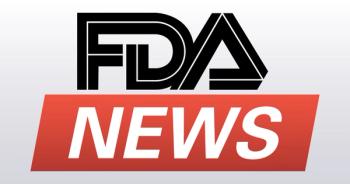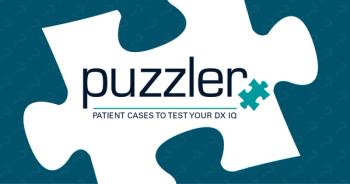
ADHD screening: Begin earlier, continue longer
Evaluations for attention-deficit/hyperactivity disorder (ADHD) should begin in children at 4 years and continue until 18 years, which significantly expands the age range for recommended screening. Released at the American Academy of Pediatrics National Conference in Boston, Massachusetts, the clinical practice guidelines recommend behavioral interventions as the first-line treatment in preschool children. The guidelines also have some new suggestions related to methylphenidate treatment for children younger than 6 years.
According to new guidelines from the American Academy of Pediatrics (AAP), evaluations for attention-deficit/hyperactivity disorder (ADHD) should begin in children at 4 years and continue until 18 years, which significantly expands the age range for recommended screening. Previous guidelines called for evaluations from ages 6 to 12.
Released at the AAP National Conference in Boston, Massachusetts, the clinical practice
Methylphenidate does not have US Food and Drug Administration (FDA)
“Treating children at a young age is important, because when we can identify them earlier and provide appropriate treatment, we can increase their chances of succeeding in school,” according to
Attention-deficit/hyperactivity disorder affects about 8% of children and youth, according to the AAP, making it the most common neurobehavioral disorder in children.
In children aged 6 to 11 years, the guidelines recommend using either or both medication and behavioral interventions: “The evidence is particularly strong for stimulant medications and sufficient but less strong for atomoxetine, extended-release guanfacine, and extended-release clonidine.”
For youth aged 12 to 18 years, AAP advises pediatricians to prescribe FDA-approved medications for ADHD. Behavioral therapy may be helpful but is challenging with this age group.
The guidelines also urge physicians to assess adolescents with newly diagnosed ADHD for symptoms of substance abuse and carefully monitor symptoms and refill requests for signs of any potential abuse or diversion. When there is a concern about improper use of stimulants, pediatricians may prefer to prescribe atomoxetine, guanfacine, or clonidine, which have no abuse potential, or preparations that are less easily abused such as lisdexamfetamine, dermal methylphenidate, or OROS methylphenidate.
The guidelines note that the inherent risks of driving by adolescents with ADHD make providing medication coverage when teens are most likely to be behind the wheel especially important. Longer-acting medications that extend control into the evening or supplementation with late-afternoon doses of short-acting medication should be considered.
For all children, the AAP recommends that physicians “titrate doses of medication for ADHD to achieve maximum benefit with minimum adverse effects” rather than titrating on a strict milligram-per-kilogram basis. According to the AAP, 70% of children and youth with ADHD respond to stimulant medications when given an optimal dose, but most children treated in a community setting receive less than the dose required to reduce core symptoms to the level of children without ADHD.
The guidelines urge pediatricians to consider other possible coexisting conditions such as anxiety, depression, developmental disorders, and sleep apnea when evaluating a child with ADHD and to manage ADHD as a chronic condition. In addition, the AAP provided recommendations for managing the behaviors of children whose symptoms do not meet the criteria for a diagnosis of ADHD based on the Diagnostic and Statistical Manual for Primary Care but still have problems with inattention, impulsivity, and high activity levels.
Newsletter
Access practical, evidence-based guidance to support better care for our youngest patients. Join our email list for the latest clinical updates.







